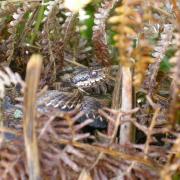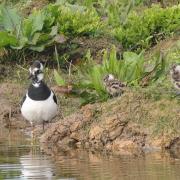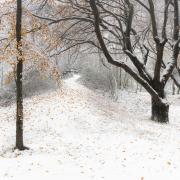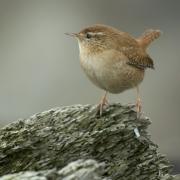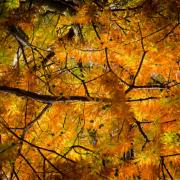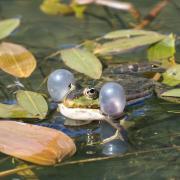Summer is in full swing and the nights are warm. It is the perfect time to get out and about as darkness falls to enjoy one of Sussex's more mysterious insects, the glow worm...
Talkback
with Jess Price, SWT WildCall officer
Q: What is a glow worm and where can I see one?
Summer is in full swing and the nights are warm. It is the perfect time to get out and about as darkness falls to enjoy one of Sussex’s more mysterious insects, the glow worm. Despite their name, glow worms are not at all worm-like and are actually beetles. It is only the adult females that glow.
They have no wings so cannot easily move around to find a mate. Instead females climb up grass stems and ‘switch on their lights’. The glowing acts as a beacon to the males who have excellent sight and spend their time flying around looking for females.
Once they have mated, females turn out their lights, lay their eggs and die. After a few weeks the eggs hatch into larvae. Glow worms actually spend the majority of their lives as larvae feeding on small snails and slugs. They grow for up to two years before metamorphosing into the adult form.
July is by far the best time of year to spot them, however glowing females can be seen from late May to early September. Bizarrely, adult glow worms do not have a mouth or gut so cannot eat. As soon as they emerge the race is on to find a mate before they starve to death. This means you will never see an individual adult for more than a few weeks.
Glow worms are more commonly found on unimproved open grassland, however they have been recorded in many different habitats including disused railway lines, cliffs, heathland and woodland. In fact, relatively little is known about their habitat preferences, so if you are lucky enough to see one of these amazing creatures please let me know by filling in an online recording form. You can call me or enter a record via our website www.sussexwt.org.uk
Females normally start glowing at around 10 o’clock at night and can continue after midnight. They are easiest seen on warm dry nights, so next time you are out on an evening stroll keep an eye out for the yellow-green glimmer of this fantastic but elusive insect.



